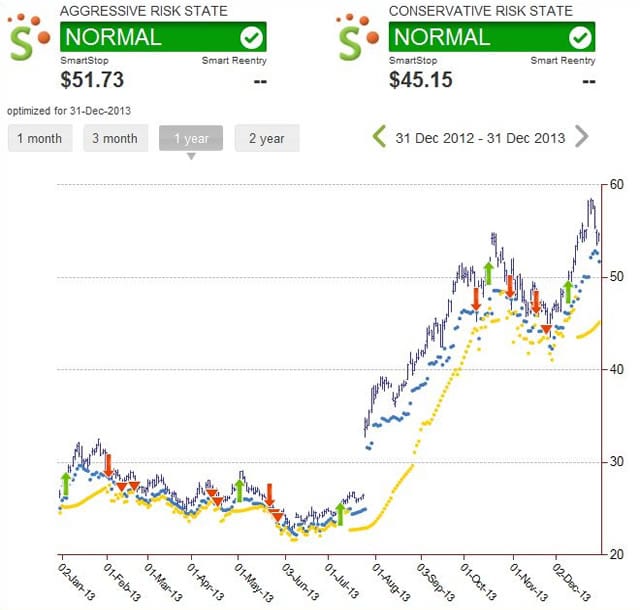Facebook Inc (NASDAQ:FB)’s May 2012 IPO may have been botched, but hotly anticipated stock sale still managed to raise $16 billion, making it the second-largest IPO in U.S. history, as investors raced to buy shares of what they hoped would be the next Google. It wasn’t to be. Facebook failed to achieve a meteoric rise its first day of trading, stumbling to a meager gain just above its initial offering.
In the ensuing months, things got even worse. By August, its stock plummeted to $19, half of the original price. But after a series of peaks and valleys punctuated by losing its cool image among teenagers and the snapping up Instagram, Facebook (NASDAQ:FB) has added millions of new users worldwide while steadying its course.
Finally, the sprawling social network has hit its stride, performing solidly over the past year. In the most recent quarter, Facebook beat The Street’s expectations, doubling profits, to $621 million, and increasing revenue 60 percent, to $2.02 billion, compared with last year’s third quarter. And most of it, roughly $1.8 billion, came from advertising.
Not bad, considering the company was initially slow to grow its advertising revenue while working out the details of how to capitalize on the lucrative online ad market without interfering with the user experience. In relatively short order, however, it has gone from an online behemoth with virtually no ad revenues to a leading platform for digital advertising. According to data by market research company eMarketer, Facebook (NSDAQ:FB) is now the world’s second-largest mobile advertising company behind Google, which controls roughly half of the world’s $118 billion in digital advertising sales because of its dominant position in search ads—leading competitors Twitter Inc (NYSE:TWTR), Pandora Media Inc (NYSE:P), and YP (formerly Yellow Pages).
Mobile ads account for about half of Facebook’s advertising revenue and the tech giant’s future lies is that of a advertising-centric company well-positioned in a world of smartphones and iPads. Much of that focus will be video ads.
When the numbers are crunched, digital video advertising spending is expected to have hit $4.15 billion in 2013, a 23 percent increase over the previous year, according to eMarketer. And Facebook is currently testing the waters as part of a plan to vie for a bigger piece of the market, which YouTube dominates, raking in about 20 percent of ad spending.
Facebook joined the storied Standard & Poor’s 500 last month, a sign that the powers that be view the technology firm as an industry leader and sector bellwether. The standard for inclusion in the index, which is managed by a committee of economists and analysts, is member companies must “ensure that the S&P 500 remains a leading indicator of U.S. equities, reflecting the risk and return characteristics of the broader large-cap universe on an ongoing basis.”
SmartStops Risk signals indicate that Facebook shares have been in a Normal risk state since December 13, when they reached $49.57.
Source: SmartStops.net
Although it’s plausible to believe that Facebook will continue to extend its impressive reach, adding to its 1 billion users as more people can afford and embrace mobile technology in developing countries, many pundits say advertising revenues will reach a plateau in the highly competitive and increasingly crowded online space.
For now, video advertising presents a tremendous growth opportunity and Facebook’s success will depend on whether advertisers are willing to pay a hefty price (the ads cost several hundred thousand dollars each) to reach the social network’s vast audience.
Increased ad content, if well received by users, could mean long-term growth for Facebook, but walking the advertising-social experience tightrope comes with inherent risk. And in a market and fickle tech world clouded by uncertainty, it is always wise to invest defensively, taking volatility and profit into account. With Facebook, as all opportunities, savvy investors should tread carefully and consider hedging their bets with stop-loss and limit measures, just to be on the safe side.









